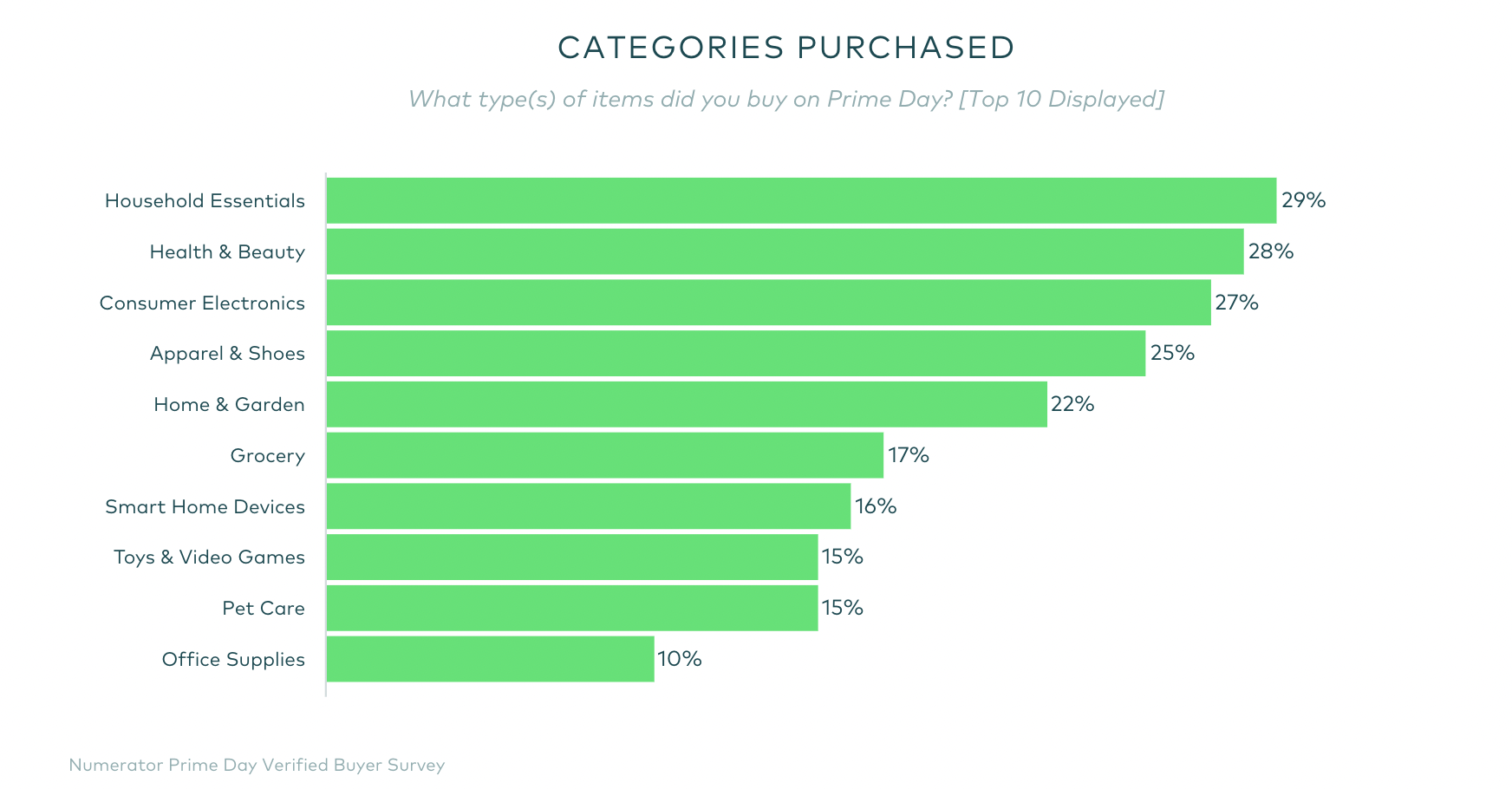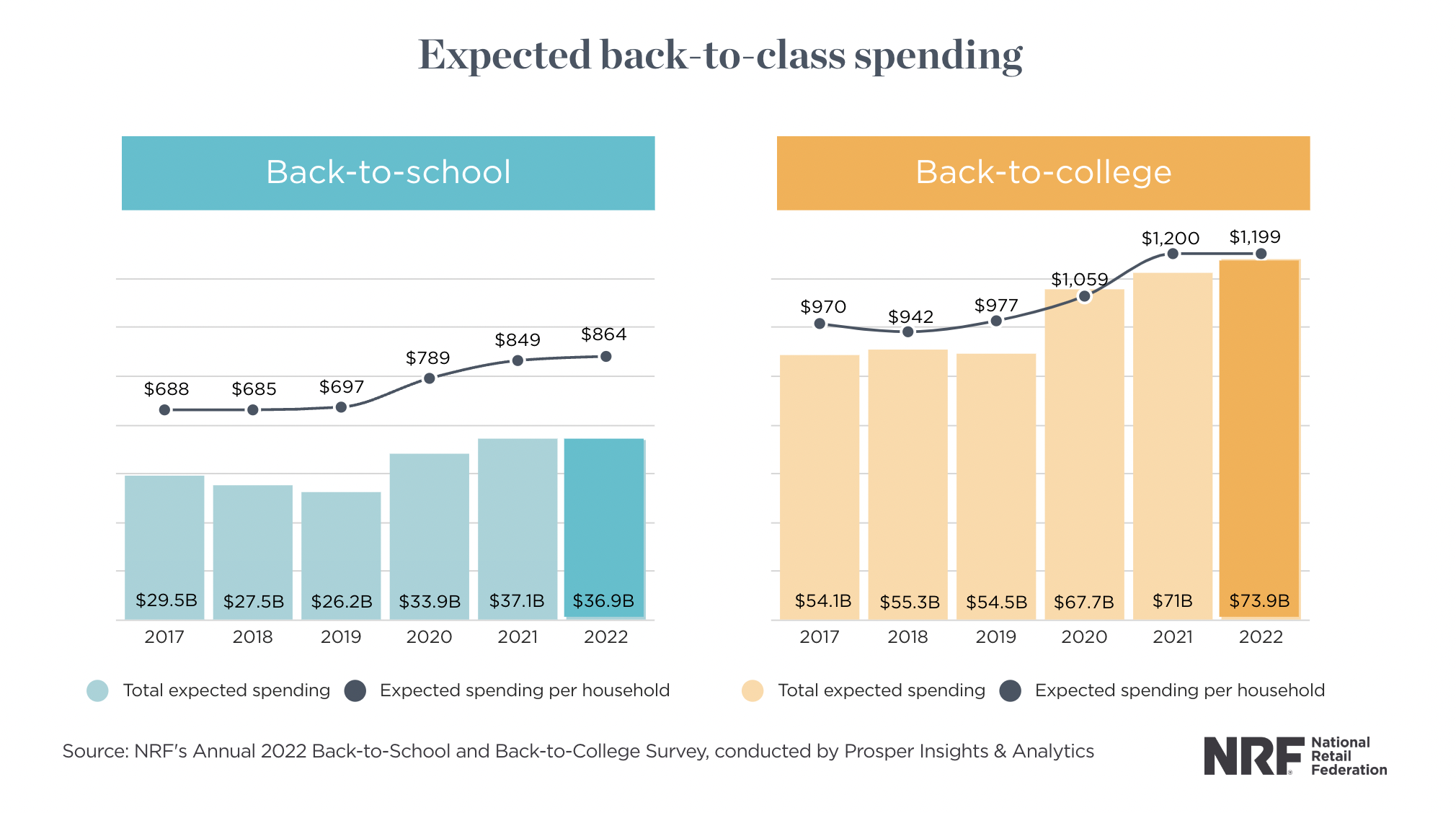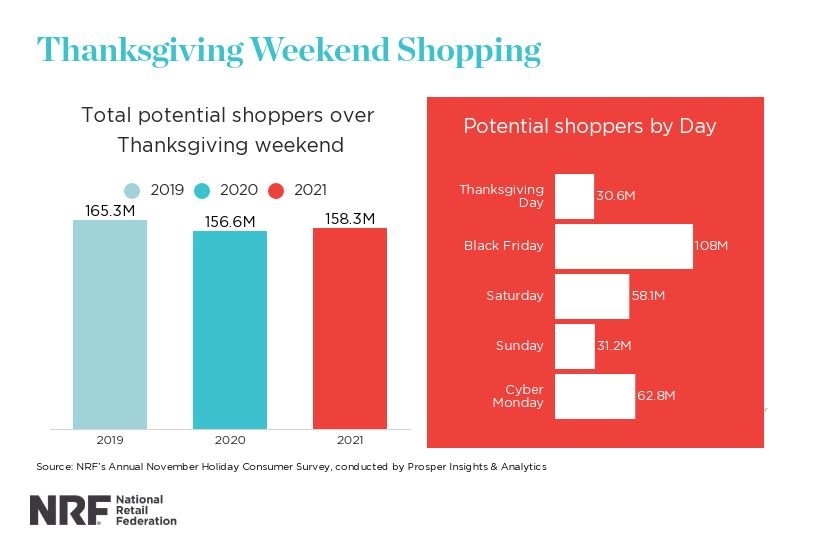A Guide to Tentpole Events for Your Amazon E-Commerce Business
Tentpole events are prime opportunities for brand-building on Amazon and in other marketplaces. With the right approach, you can capitalize on these big-ticket days by utilizing them to boost traffic on your product pages, increase sales, build customer loyalty, and drive momentum towards long-term profitability.
The post below outlines the big tentpole events that you should add to your calendar and some quick tips to keep in mind when you begin planning.
But before we get into the weeds, here’s a giant pill for every Amazon e-commerce business to swallow…
Your tentpole advertising won’t enable long-term growth on its own.
Yes, tentpole events are big marketing opportunities and it’s important they are on point. But if you don’t have a sound foundation across all areas of operations, retail, and creative, then you’re wasting ad dollars.
If you invest in ads but…
your product detail page isn’t captivating…
your inventory levels aren’t being closely managed…
you lose your shirt with chargebacks…
…then you’re wasting your investment and eroding your profitability.
The good news? We fix that stuff. Let’s chat if that’s you.
Now, let’s get into tentpole events, where they come from, and which ones we should focus on.
What are “tentpole events”? Think blockbusters.
At its core, a tentpole event is a special, large-scale event that naturally draws attention and interest. The phrase originated in the film industry to describe the hype around blockbuster movies on opening weekend.
That sentiment carries into Amazon e-commerce businesses because of the natural peak in interest around holidays and rhythms of the year. Brands can also use a similar tentpole strategy around other events, like trade shows or big-ticket sponsorships, that would generate a heightened level of interest in your products.
Why tentpole events? Because they drive new-to-brand customers and generate loyalty.
Amazon’s study of Prime Day and Black Friday/Cyber Monday showed that a combination of display advertising and discounts helped advertisers reach up to 57% more new-to-brand (NTB) customers than discounts alone. They also saw that the new customers would repurchase and spend up to 1.9x more than average during their first year. (source)
With this data in mind, brands can create a more dynamic vision for their tentpole event strategy that increases awareness with new growth, establishes authority in a category, and develops lasting loyalty with customers rebuying at a higher rate.
How do you strategize for tentpole events? Selection. Foundation. Drip. Capitalize. Follow-up.
SELECTION. Not all tentpole events are equal for every brand. Select the right tentpole event for your brand, your product(s), and your customer.
FOUNDATION. Shore up the foundation of your operations, retail, creative, and data to make sure your advertising dollars have the strongest impact and return. After all, if you have gaps in things like inventory, PDP content, or even customer data, then you’re potentially minimizing your return and creating confused and angry customers along the way.
DRIP. Prime your audiences with pre-tentpole campaigns and activities that warm them up to your products. This is an especially strong opportunity to build excitement around new product releases.
CAPITALIZE. The tentpole event is here, the traffic is peaking, and you’re prepared to respond. Tentpole events aren’t “set-it-and-forget-it” days. You need to be reactive to new information, issues, and opportunities throughout the event.
FOLLOW-UP. Build a post-event strategy that connects with new and returning customers in a way that helps solidify the relationship and build on the momentum.
Need help filling in the details for your tentpole strategy? Let’s chat.
Which tentpole events should we plan on? Here are some favorites.
Amazon Prime Day (July)
This 48-hour deal marathon has become a massive opportunity for every e-commerce business. Prime Day usually falls in Amazon’s birthday month (July 1995) and the deals span almost every category. Consumers can save through a deluge of discounts and lightning deals, which translated to $1.7 Billion in savings during the most recent Prime Day. (source)
(source)
Other retail giants outside of Amazon have capitalized on the increased consumer spending too. You’ll see matching deals in Target, Walmart, and other big box stores as everyone is looking for the best deal.
Back-to-School Shopping Season (July-August)
The National Retail Federation is reporting strong expectations for families preparing to send their students back to class.
(source)
With the rise of inflation, families will be looking for more ways to save on the primary product categories—school supplies, electronics, clothing, and accessories. At the same time, this is a good opportunity for brands with products in adjacent categories to set up deals that gain interest while consumers are discount-minded.
The Big Turkey 5: Thanksgiving Day, Black Friday, Small Business Saturday, and Cyber Monday
The Turkey 5 (T5) refers to the 5 big shopping days that span from Thanksgiving to Cyber Monday. On the surface, each of the shopping days in the T5 have a unique spin and focus, but let’s be honest… shoppers love a deal no matter what day it falls on. According to the National Retail Federation, shopping patterns have remained strong even through the pandemic. (source)
Christmas
While Christmas shopping certainly is a reason for much of the activity around the T5, consumer Christmas shopping patterns have been trending into early November. (source)
The days around Christmas can be strong for last-minute present purchases, stocking money, or gift cards, but the majority of Christmas shoppers are already checking off their list long before the flurry of the T5 activity.
Boxing Day (December 26)
For our UK brands, boxing day has been a long-time staple for new customer growth and returning customer purchases. Even though the pandemic shifted buying patterns online, 2021 consumer reporting continued to show post-Christmas sales totaling £2.7 Billion across the UK. (source) There is even an expectation among 1/3 of consumers that they are planning to spend more post-Christmas, with the main reason being that post-Christmas deals are better.
Other Industry Events
The tentpole events listed above are important, but they aren’t the only big events you should be focusing on. It’s likely that your industry has its own tentpole events or expos where your brand can experience a surge of interest and engagement.
One great example is Amazon’s “New Year New You” for our health & personal care brands. This event is a massive push to attract customers looking to make changes to their life, health, and home in the new year.
With events like these, use the same strategy listed above—selection, foundation, drip, capitalize, and follow-up—to build out your approach to each event and generate momentum around new growth and loyalty.
IT’S GO TIME.
Need help imagining a strong strategy for your tentpole events? We’re ready.
The list above isn’t exhaustive, so you might have other tentpole events on your mind. No matter which event, our team has been incorporating tentpoles into broader brand-building strategies since 2008. We’d love to put those skills to work for you. Let’s connect.




